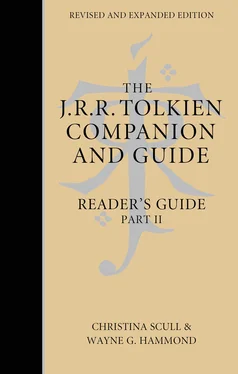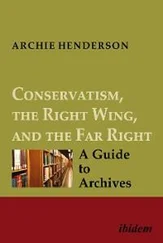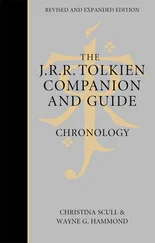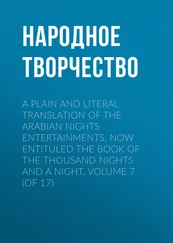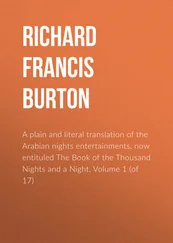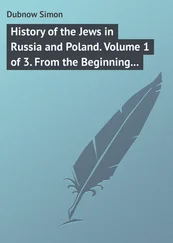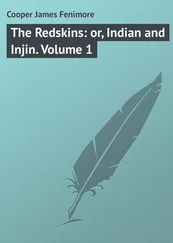Narqelion. Poem in Qenya (later Quenya, see *Languages, Invented), a lament to autumn, with passing references to Eldamar and the Gnomes (a kindred of the Elves) from the *‘Silmarillion’ mythology, inspired by the poem Kortirion among the Trees (* The Trees of Kortirion ). (Compare Quenya Narquelië ‘sun-fading’, the name of the tenth month given in The Lord of the Rings , Appendix D.) A single text survives, apparently begun in November 1915 and completed in March 1916. Four lines were published in Biography (1977). The complete poem was first published, with a commentary, in ‘Narqelion: A Single, Falling Leaf at Sun-fading’ by Paul Nolan Hyde, Mythlore 15, no. 2, whole no. 56 (Winter 1988), pp. 47–52. The poem, with extracts from Hyde’s article, was also printed in Vinyar Tengwar 6 (July 1989), pp. 12–13.
A fuller linguistic analysis of the poem, ‘Bird and Leaf: Image and Structure in Narqelion ’ by Patrick Wynne and Christopher Gilson, was published in Parma Eldalamberon 3, no. 1, whole no. 9 (1990); it includes an English translation from Qenya. A facsimile of the manuscript of Narqelion was published (p. 5) in Vinyar Tengwar 40 (April 1999), which number also includes ‘ Narqelion and the Early Lexicons: Some Notes on the First Elvish Poem’ by Christopher Gilson, a new linguistic analysis made in light of Elvish lexicons published in 1995 and 1998 (see * Gnomish Lexicon and * Qenyaqetsa ). Gilson provides both a literal translation of the poem into English prose and a fresh translation in verse.
Natura Apis see Songs for the Philologists
Nature. Tolkien’s love of and delight in all aspects of the natural world – plants, trees, birds, weather, sky, the changing seasons – as they appear in a rural or even a town landscape, is made abundantly clear in his correspondence. To quote only a few examples from letters to his son *Christopher: ‘A lovely morning dawned …. A mist like early Sept[ember] with a pearl-button sun … that soon changed into serene blue, with the silver light of spring on flower and leaf. Leaves are out: the white-grey of the quince, the grey-green of the young apple, the full green of hawthorn, the tassels of flower even on the sluggard poplars. The narcissuses are a marvellous show …’ (18 April 1944, Letters , p. 73); ‘The most marvellous sunset I have seen for years: a remote pale green-blue sea just above the horizon, and above it a towering shore of bank upon bank of flaming cherubim of gold and fire, crossed here and there by misty blurs like purple rain’ (22 August 1944, Letters , p. 92);
It froze hard with a heavy fog, and so we have had displays of Hoarfrost such as I only remember once in *Oxford before … and only twice before in my life. One of the most lovely events of Northern Nature. We woke … to find all our windows opaque, painted over with frost-patterns, and outside a dim silent misty world, all white, but with a light jewelry of rime; every cobweb a little lace net, even the old fowls’ tent a diamond-patterned pavilion …. The rime was yesterday even thicker and more fantastic. When a gleam of sun … got through it was breathtakingly beautiful: trees like motionless fountains of white branching spray against a golden light and, high overhead, a pale translucent blue. It did not melt. About 11 p.m. the fog cleared and a high round moon lit the whole scene with a deadly white light: a vision of some other world or time. [28 December 1944, Letters , p. 107]
Towards the end of his life, in a letter to *Rayner Unwin, Tolkien described a more formal display in the Fellows’ Garden at Merton College: ‘The great bank … looks like the foreground of a pre-Raphaelite picture: blazing green starred like the Milky Way with blue anemones, purple/white/yellow crocuses, and final surprise, clouded-yellow, peacock, and tortoiseshell butterflies flitting about’ (16 March 1972, Letters , p. 417). And his delight in watching birds is shown in another letter to Christopher:
There is a family of bullfinches, which must have nested in or near our garden, and they are very tame, and have been giving us entertainment lately by their antics feeding their young, often just outside the dining-room window. Insects on the trees and sowthistle seeds seem their chief delight. I had no idea they behaved so much like goldfinches. Old fat father, pink waistcoat and all, hangs absolutely upside down on a thistle-spray, tinking all the while. [7 July 1944, Letters , p. 87]
In turn Tolkien applied his keen interest in the world around him, observed in minute detail and vividly described, to the invented landscapes of his fiction, giving them the substance of reality. * The Lord of the Rings is particularly rich in this regard, from Goldberry’s gown ‘green as young reeds, shot with silver like beads of dew’ and her belt ‘of gold, shaped like a chain of flag-lilies set with the pale-blue eyes of forget-me-nots’ (bk. I, ch. 7), to elanor , athelas , niphredil , and mallorn , to landscapes like that in Book I, Chapter 6, where the four hobbits approach the River Withywindle:
Coming to the opening they found that they had made their way down through a cleft in a high steep bank, almost a cliff. At its feet was a wide space of grass and reeds; and in the distance could be glimpsed another bank almost as steep. A golden afternoon of late sunshine lay warm and drowsy upon the hidden land between. In the midst of it there wound lazily a dark river of brown water, bordered with ancient willows, arched over with willows, blocked with fallen willows, and flecked with thousands of faded willow-leaves. The air was thick with them, fluttering yellow from the branches; for there was a warm and gentle breeze blowing softly in the valley, and the reeds were rustling, and the willow-boughs were creaking.
The scene is not unlike that Tolkien would have found on the banks of the River Cherwell near Oxford, which he and his family would occasionally explore. Cerin Amroth, on the other hand, has no analogue in our world, but Tolkien permits his reader to stand in its midst through vivid description of its natural features:
They were standing in an open space. To the left stood a great mound, covered with a sward of grass as green as Springtime in the Elder Days. Upon it, as a double crown, grew two circles of trees: the outer had bark of snowy white, and were leafless but beautiful in their shapely nakedness; the inner were mallorn-trees of great height, still arrayed in pale gold …. At the feet of the trees, and all about the green hillsides the grass was studded with small golden flowers shaped like stars. Among them, nodding on slender stalks, were other flowers, white and palest green: they glimmered as a mist amid the rich hue of the grass. Over all the sky was blue, and the sun of afternoon glowed upon the hill and cast long green shadows beneath the trees. [bk. II, ch. 6]
Tolkien devotes almost a page to describing Ithilien in close detail, its abundance of plant life seeming Edenic after the Dead Marshes and the approaches to Mordor:
All about them were small woods of resinous trees, fir and cedar and cypress … with wide glades among them; and everywhere there was a wealth of sweet-smelling herbs and shrubs …. Here Spring was already busy about them: fronds pierced moss and mould, larches were green-fingered, small flowers were opening in the turf ….
Many great trees grew there, planted long ago, falling into untended age amid a riot of careless descendants; and groves and thickets there were of tamarisk and pungent terebinth, of olive and of bay; and there were junipers and myrtles; and thymes that grew in bushes, or with their woody creeping stems mantled in deep tapestries the hidden stones; sages of many kinds putting forth blue flowers, or red, or pale green; and marjoram and new-sprouting parsleys …. The grots and rocky walls were already starred with saxifrages and stonecrops. Primeroles and anemones were awake in the filbert-brakes; and asphodel and many lily-flowers nodded their half-open heads in the grass …. [bk. IV, ch. 4]
Читать дальше
